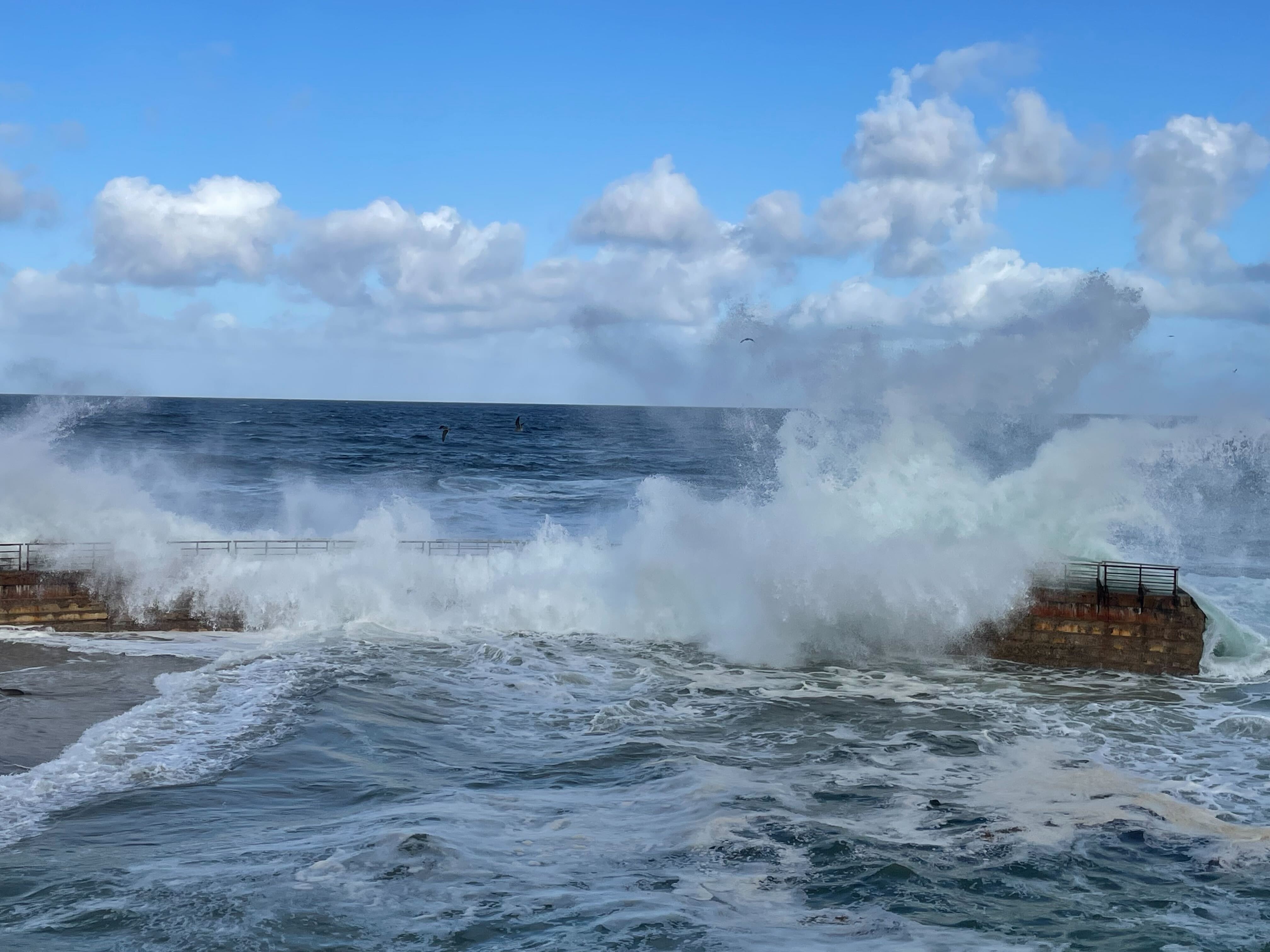San Diego officials have announced a program called “Vision Zero” Monday, with the goal to to make the city more pedestrian and bike-friendly and eliminate traffic deaths by 2025.
“We have a traffic fatality rate in San Diego that’s greater than our murder rate," exclaimed Jim Stone, Executive Director of Circulate San Diego.
Juniper Aavang was killed in March as her father pushed her in a stroller through a crosswalk at the intersection of Catalina and Cannon in Point Loma.
A prime example of why Stone says it's time to slow traffic down on city streets.
The idea is part of a plan he and city leaders will announce Monday, hoping to reduce traffic deaths to zero by 2025.
“We know that if someone is hit by a car going 40 miles per hour they have a 20 percent chance of surviving a crash. So we want to slow things down to a safer speed."
Allison Street next to La Mesa City Hall provides a blueprint of sorts. Diagonal parking lines reduce the size of the street. Stone says studies show smaller streets help slow traffic. Then there's the crosswalk with lights on the ground and signs that alert drivers when someone crosses. The curb extension also provides better visibility.
Local
“They can see cars coming but more importantly the cars can see them coming,” Stone said about the curb extensions. “So it’s a great way to improve pedestrian safety."
The cost to get the changes going would be approximately $15 million, according to Stone.
The focus will be on eight major corridors in San Diego. Streets like University, Market and El Cajon, where Stone says studies show one-third of the city’s serious crashes happen.
“We don’t have to remake all the streets we need to focus on the streets with highest rate of collision."
Not all intersections have to have extravagant build outs with curb extensions.
Stone says high visibility crosswalks that are nothing more than a can of paint and high visibility crossing signs can help reduce accidents. He also notes education and traffic enforcement is key.



